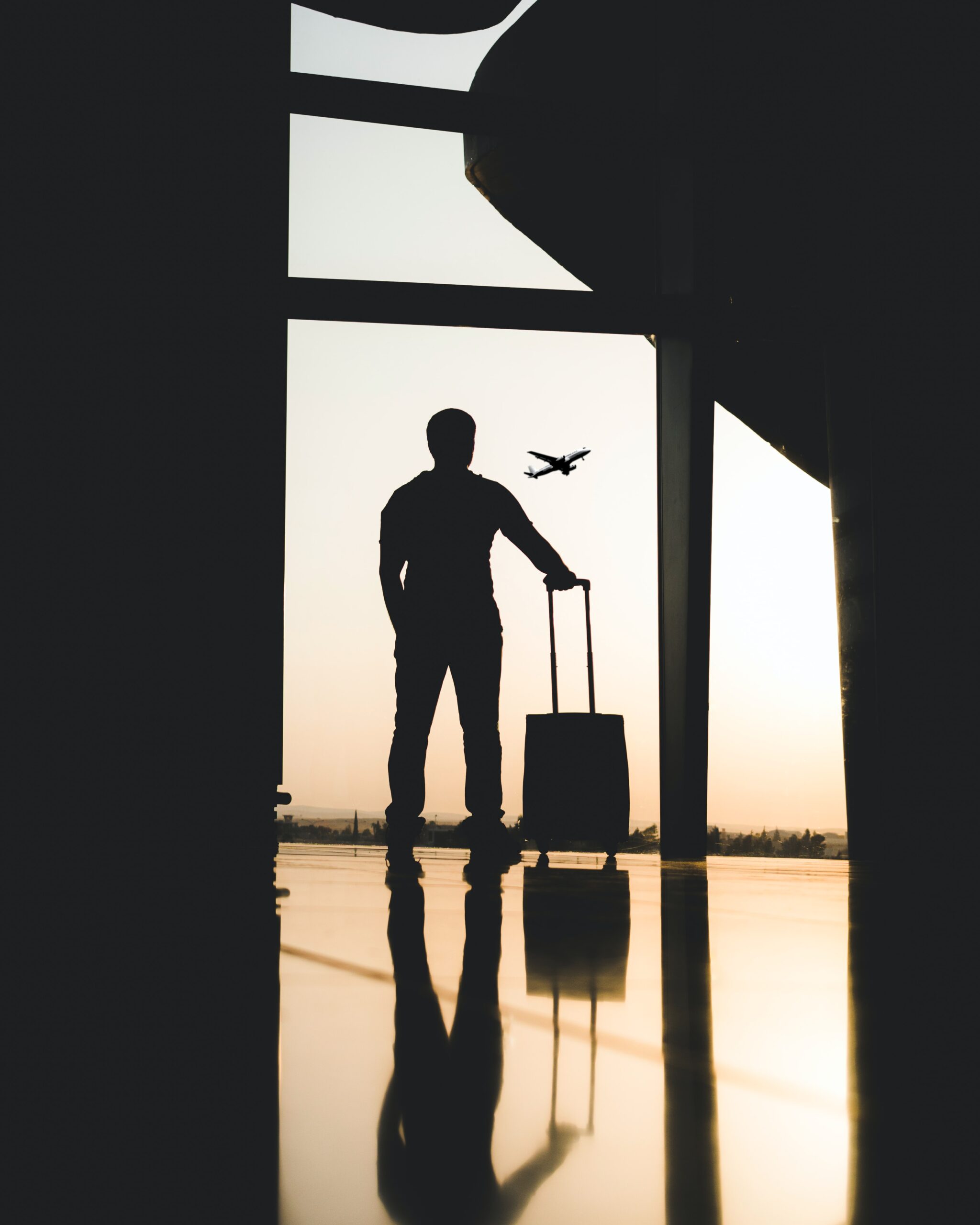Medical Tourism in Asia: Affordable Healthcare and Vacation in One
You’ve probably heard about people traveling abroad for medical care to save money. This trend is called medical tourism, and Asia has become its hottest destination. Ever thought of packing your bags and hopping on a plane to get treatment in Thailand or India? You’re not alone. Each year, hundreds of thousands of people are doing just that and discovering high-quality yet affordable care in Asia.
Whether you need a knee replacement, heart surgery, or just a checkup and cleaning, medical tourism in Asia can save you thousands compared to the cost back home. Not only that, but you get an exotic trip out of it. Talk about a win-win! While the cost savings are huge, the care is world-class too. Many Asian hospitals are accredited by the same organizations as top US hospitals. Their doctors are often Western-trained, and they have cutting-edge facilities.
If you’re living with a health issue you can’t afford to fix, or you’re simply eager to save on routine care, it’s time to consider being a medical tourist. Asia is ready to roll out the red carpet, give you an amazing experience, and send you home healthier with money still in your pocket. Your new smile or ability to walk pain-free could be just a flight away.
Lower Costs and High-Quality Care: Why Asia Is a Top Destination for Medical Tourism
Medical tourism in Asia is booming, and for good reason. Not only are costs significantly lower compared to the West, but many Asian countries also offer high-quality care and advanced facilities.
In Thailand, for example, a heart bypass typically costs around $30,000, compared to $113,000 in the US. Dental care and cosmetic surgeries can cost a fraction of the price. Thailand is also home to world-class hospitals that attract highly skilled doctors and surgeons.
India offers substantial cost savings for major surgeries. A hip replacement in India may cost $7,000 versus $50,000 in America. In addition to lower costs, India’s top hospitals have outstanding success rates and are equipped with the latest medical technologies.
Singapore has a robust healthcare infrastructure and is known for high standards of care. While costs are higher than Thailand or India, they are still lower than in Western nations. Singapore’s advanced medical facilities, skilled physicians, and shorter wait times attract medical tourists from around the globe.
In Malaysia, cosmetic surgeries and dental care cost 60-80% less than in the US. Fertility treatments and orthopedic surgeries are also very affordable. Malaysia’s private hospitals are accredited by international healthcare organizations, ensuring high standards of quality and safety.
From cutting-edge hospitals to significant cost savings, Asia offers an appealing medical tourism package. By choosing an accredited facility and reputable physician, you can achieve excellent results at a lower price. For major or elective surgeries, Asia is becoming the top destination for savvy medical tourists.
The Rise of Medical Tourism in Asia: Key Trends Driving Growth
Asia is quickly becoming a leading destination for medical tourism, and it’s easy to see why. Costs for procedures and treatments in countries like Thailand, Singapore, and India can be a fraction of the price compared to the US and other Western nations.
For example, a heart bypass surgery that may cost $70,000 in America could run as little as $10,000 in Thailand or India. Dental work, cosmetic surgeries, orthopedic procedures are all far more affordable. Many top hospitals in Asia also have high-quality facilities and doctors with excellent credentials and experience.
Two major factors driving Asia’s medical tourism boom:
- Lower costs. In addition to cheaper medical care, the overall cost of living in many Asian countries is lower. Your travel and accommodation costs will likely be lower as well. More people can afford needed and elective procedures.
- High quality. Leading hospitals have state-of-the-art facilities and doctors trained at top schools in the US, UK, and beyond. Stringent accreditation standards also help ensure high quality. People are realizing they can get superb care for a fraction of the cost.
Of course, there are risks to medical tourism. Follow-up care can be difficult across borders. Infection and complication rates may be higher in some countries. Do extensive research on hospitals, doctors, and risks before choosing a destination.
But for many, the rewards of affordable, high-quality healthcare overcome the risks and challenges. Medical tourism in Asia is booming, and for good reason. With more countries investing in healthcare and transparency, Asia is poised to become the world’s hub for medical tourism.
Most Popular Procedures and Destinations in Asia for Medical Tourists
Asia has become a leading destination for medical tourism, with many people traveling abroad for medical care and procedures. Several factors have contributed to the rise in medical travel to Asia, including lower costs, access to procedures not available or affordable in one’s home country, and the opportunity to combine medical care with a vacation.
Most Popular Procedures
Some of the most common procedures that medical tourists seek in Asia include:
- Cosmetic surgery like facelifts, liposuction, and rhinoplasty. Cosmetic procedures tend to be much more affordable in Asia, especially in countries like South Korea, Thailand, and India which are known for high quality cosmetic care.
- Dental care such as implants, crowns, fillings, and veneers. Major cities in Malaysia, Thailand, Vietnam, and the Philippines in particular have become go-to destinations for affordable, high-quality dental work.
- Orthopedic procedures like hip and knee replacements. Top hospitals in India, Singapore, and Thailand attract medical tourists for orthopedic care and rehabilitation at lower costs.
Popular Destinations
The leading countries for medical tourism in Asia include:
- Thailand, with its advanced private hospitals, highly skilled doctors, and lush resort ambiance. Bangkok is a top destination for cosmetic surgery, dentistry, and heart surgery.
- India offers world-class care for cardiology, orthopedics, transplants, and other complex surgeries at lower prices due to lower costs of living and labor. Major cities like Delhi, Mumbai, and Bangalore have reputable hospitals catering to international patients.
- Singapore is a trusted destination for high-quality care and advanced medical technology. Although costs are higher than other Asian countries, they are still typically lower than the US and UK. Singapore specializes in oncology, cardiology, and neurology.
- South Korea is a leader in cosmetic and plastic surgery, with the highest number of cosmetic surgeries per capita worldwide. Seoul has become a global hub for procedures like facelifts, rhinoplasty, and jaw surgery.
In summary, Asia attracts medical tourists seeking essential and elective procedures at lower costs, often combined with a chance to explore an exotic destination. When planned properly with the help of a medical tourism facilitator, traveling to Asia for medical care can save you money while providing high quality treatment.
How to Plan Your Medical Tour in Asia: A Step-by-Step Guide
To plan a successful medical tour in Asia, follow these steps:
Find a Destination
With so many options, determining where to go is key. Popular destinations include Thailand, Singapore, India, and Malaysia. Do some research on the procedures and facilities in different countries to find one that suits your needs. Cost, quality of care, and travel requirements are all things to consider.
Choose a Hospital or Clinic
Once you pick a country, explore hospitals and clinics that specialize in your treatment. Seek recommendations from your doctor or online patient reviews. Top facilities often have partnerships with Western institutions and doctors trained abroad. Make sure the facility is properly accredited and has a proven track record of success with your procedure.
Connect with a Medical Tourism Agency (Optional)
Medical tourism agencies can help handle logistics like scheduling appointments, booking travel and accommodation, and providing a guide. They have connections with hospitals and clinics and help ensure a smooth experience. Fees vary but can be worth it, especially for complex treatments.
Obtain Necessary Documentation
Check with the hospital or clinic regarding any medical records, tests or authorizations needed from your home doctor. Obtain copies of tests, scans, X-rays or other files that could aid in your diagnosis and treatment. Have all documents professionally translated into the local language, if necessary.
Book Travel Arrangements
Once you have scheduled your treatment dates, book flights and accommodation. Allow ample time for any pre-op consultations or tests before your procedure. And plan to stay at least 7 to 14 days after for follow-ups before flying home.
Plan for Recovery and Aftercare
Discuss aftercare needs with your doctor to prepare for recovery when you return home. Will you need physical therapy or follow-up visits? Make sure you understand medication schedules, dietary guidelines and when you can resume normal activities. Have a plan in place so you continue to heal properly once you’re back from your medical tour.
Following these steps will set you up for a successful medical tour experience in Asia. Do your research, find an excellent doctor and facility, and go in with realistic expectations about recovery to get the treatment you need at an affordable price.
FAQ: Common Questions About Medical Tourism in Asia
Medical tourism in Asia is booming, but you probably have a lot of questions before booking a trip for affordable, high-quality care. Here are some of the most frequently asked questions about medical tourism in Asia.
How much does medical tourism actually cost?
Costs can vary widely depending on the procedure and destination, but you can expect to pay 30-80% less than in the U.S. or other Western nations for comparable care. For major surgeries, you could save tens or even hundreds of thousands of dollars. The lower cost of living and healthcare in Asia allows doctors and hospitals to charge much less.
Is the quality of care comparable?
Many facilities in Asia meet or exceed Western standards and are accredited by the same organizations as top U.S. hospitals. Doctors are often trained in Western medical schools and have decades of experience. Modern hospitals boast cutting-edge technology and high success rates. However, do thorough research to find a qualified doctor and hospital.
What procedures are most popular?
Some of the most common procedures for medical tourists in Asia include:
- Cosmetic surgery like facelifts, liposuction, and tummy tucks
- Dental work such as implants, crowns, and veneers
- Orthopedic procedures including hip and knee replacements
- Fertility treatments like IVF
- Cardiac care such as bypass surgery
- Weight loss surgeries including gastric bypass and gastric sleeve
How safe is medical tourism?
While any surgery comes with risks, medical tourism in reputable Asian hospitals is generally very safe. Look for hospitals accredited by Joint Commission International, Healthcare Facilities Accreditation Program, or other organizations that monitor standards of care, staff credentials, and facility safety. Ask about success and complication rates for your specific procedure. Most destinations like Thailand, India, Singapore, and Malaysia have high standards for healthcare and many years of experience treating international patients.
What else should I consider?
Other things to keep in mind include travel requirements like passports and visas, recovery time needed for follow-up care, and tourism activities if you want to recover in a scenic destination. Many hospitals offer concierge services to help coordinate all logistical details of your medical tourism trip.
Conclusion
So there you have it, Asia is quickly becoming a top destination for medical tourism and with good reason. Between the competitive costs, high quality of care, and opportunity for a mini vacation, Asia has a lot to offer for those looking to save money on medical procedures. While the thought of traveling abroad for surgery may seem daunting, many hospitals catering to medical tourists have high standards of care and even have partnerships with hospitals in Western countries. The cost savings and benefits to your health and wallet may well be worth it. If you’ve been putting off a medical procedure due to the expense, consider looking into the option of medical tourism in Asia. Your bank account will thank you, and you’ll have an exciting trip to remember.




